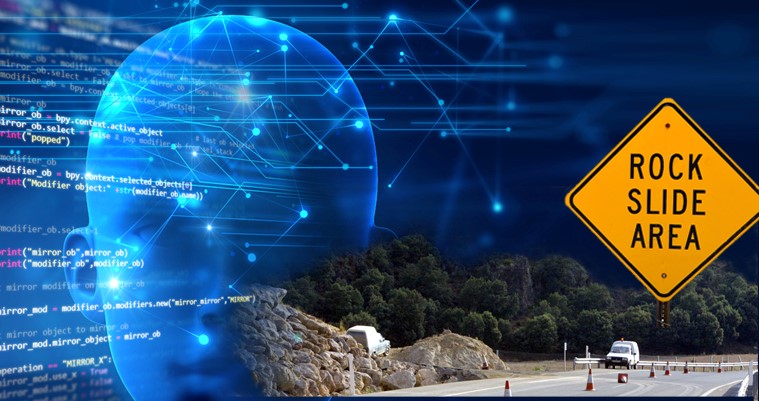Artificial Intelligence: An “Expert” in Geotechnical Engineering Prediction

Artificial intelligence (AI) is intelligence exhibited by machines. It used to be a scary thought that machines could take charge of our lives or even “rule the world.” Granted, AI is changing our world, but not to anyone’s dismay. Many people today are already using AI in their lives when they ask their “smart” phones to help them find their way or find a place to get a cup of coffee. AI has been around since 1956, but it was not until the turn of the century that advances in the technology became more widespread and welcomed.
AI has different applications in different fields. In computer science, AI perceives its environment and takes actions that maximize its chance of success at some goal(s). In geotechnical engineering prediction, AI mainly consists of knowledge-based expert systems and neural network methods that are used to solve problems. AI systems are used to predict many aspects of geotechnical engineering where uncertainty exist such as rock and soil properties; constitutive relationships; prediction of settlement, bearing capacity, and liquefaction; long-term performance of pavements; and rock fall and slope stability evaluations.
The AI applications to rock slope stability is something we can all relate to as a complicated problem fraught with uncertainty, so let’s take a closer look.
Rock slope instability on roadways and highways can result in dangerous conditions, as well as economic and functional losses in many transportation settings. It is imperative to map rock slope failure potential for public and private use so that it can be properly managed. A fast, practical, and cost-effective approach is to develop slope failure potential maps with the aid of AI methods.
The AI systems may initially be used to determine failure potential of slopes on the basis of slope conditions including geology, topography, meteorology and environment, human experts’ knowledge, and the uncertainty of the expert opinions. Geographic information system (GIS) databases are used as a platform for AI evaluation to forecast slope instability. The GIS database is populated with the information about geology, topography, and so on to begin the process. The AI system then begins to model the complex problem using the known relationship between the model variables to determine the failure potential of slopes and output the slope failure potential maps.
The slope failure potential maps developed using AI systems also enhance slope management by prioritizing the follow-up activities to abate the problem, such as guiding more detailed investigations and determining effective approaches to monitor and establish an early-warning system.
So, AI is doing great things to improve the geotechnical engineering profession. Will it take over the world? Probably not! But AI does offer a wealth of opportunity to improve geotechnical engineering. The technological advances with AI will also help create new jobs, because we will need more engineers to research, create, and test AI systems. This is a great opportunity for the engineering community to showcase our creativity with AI advancements as we take part in its development and future effectiveness.
